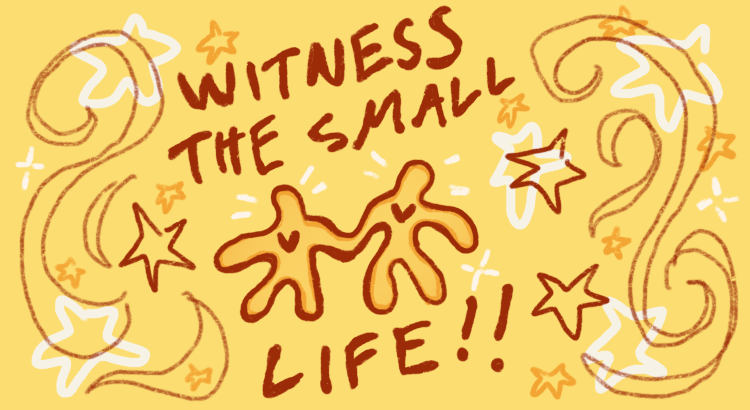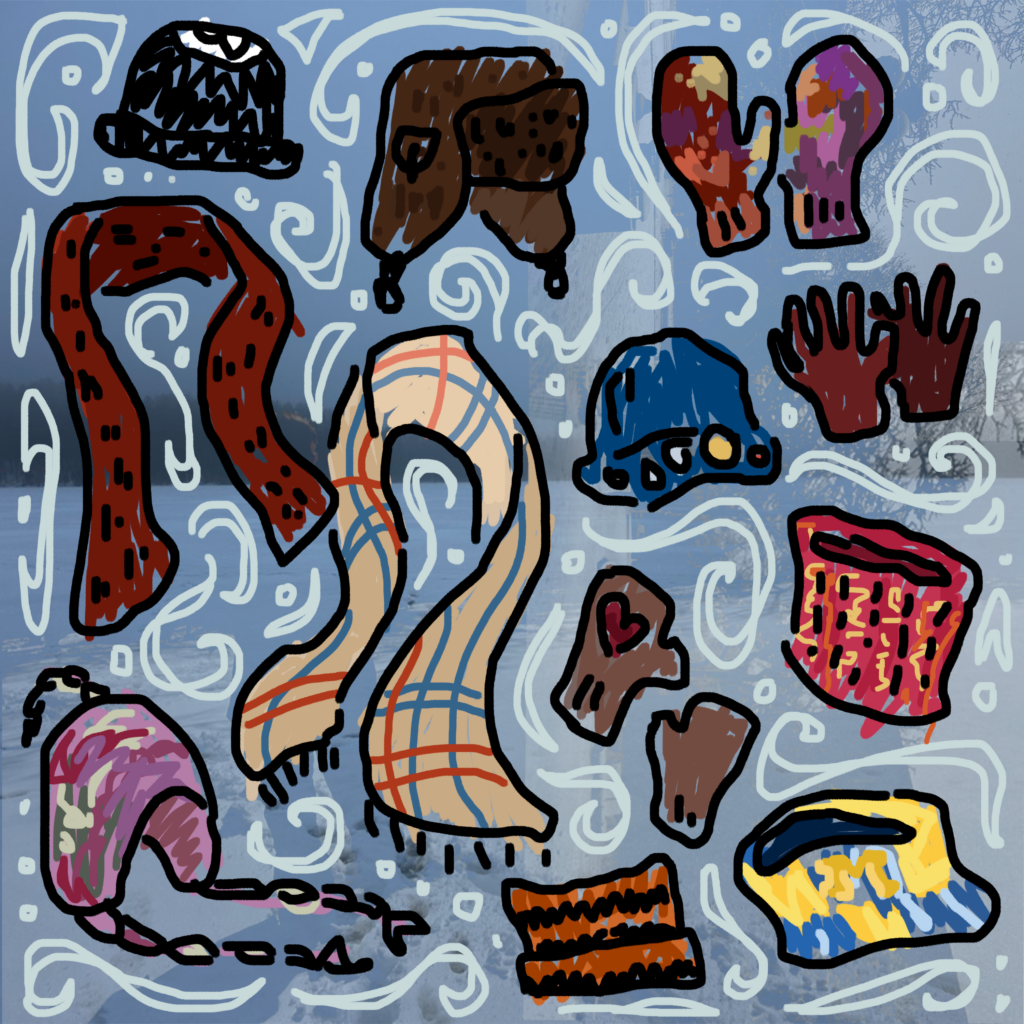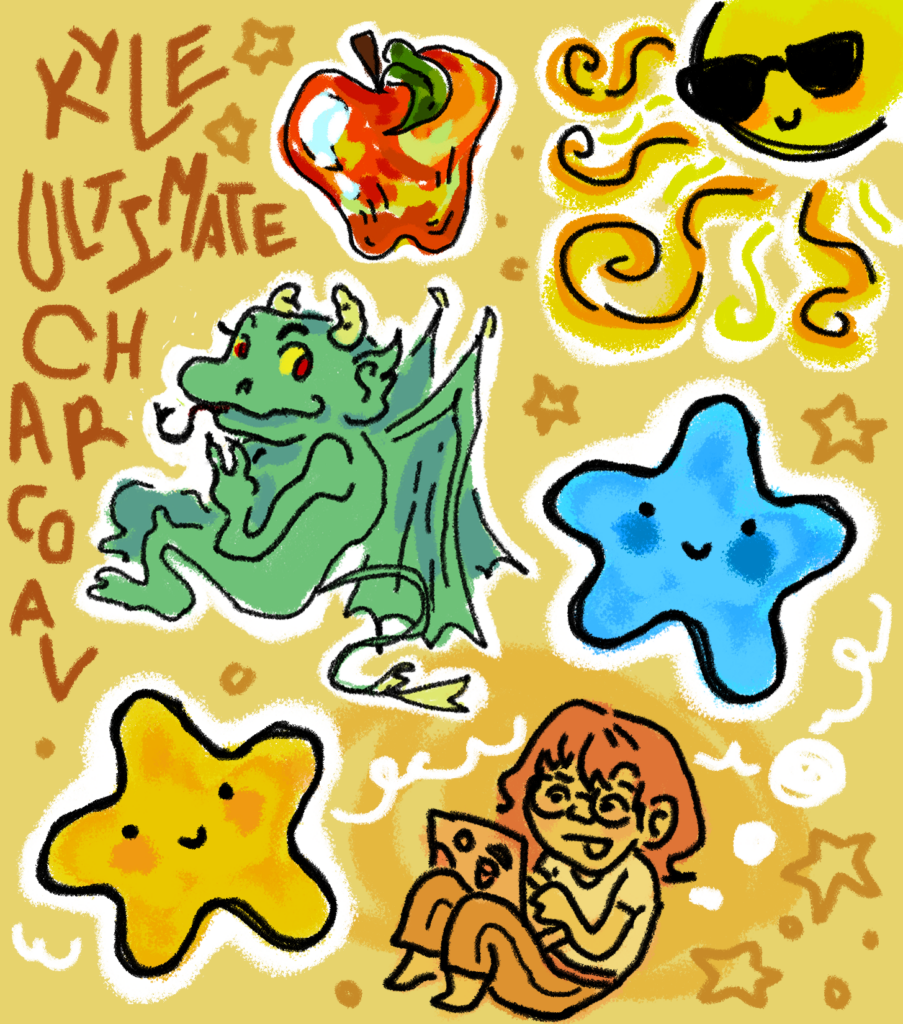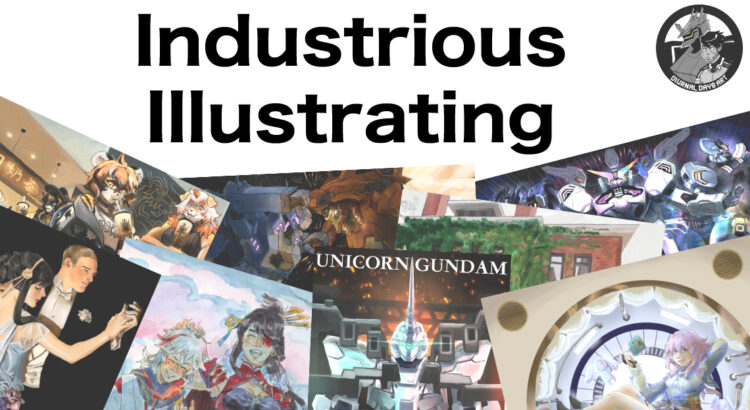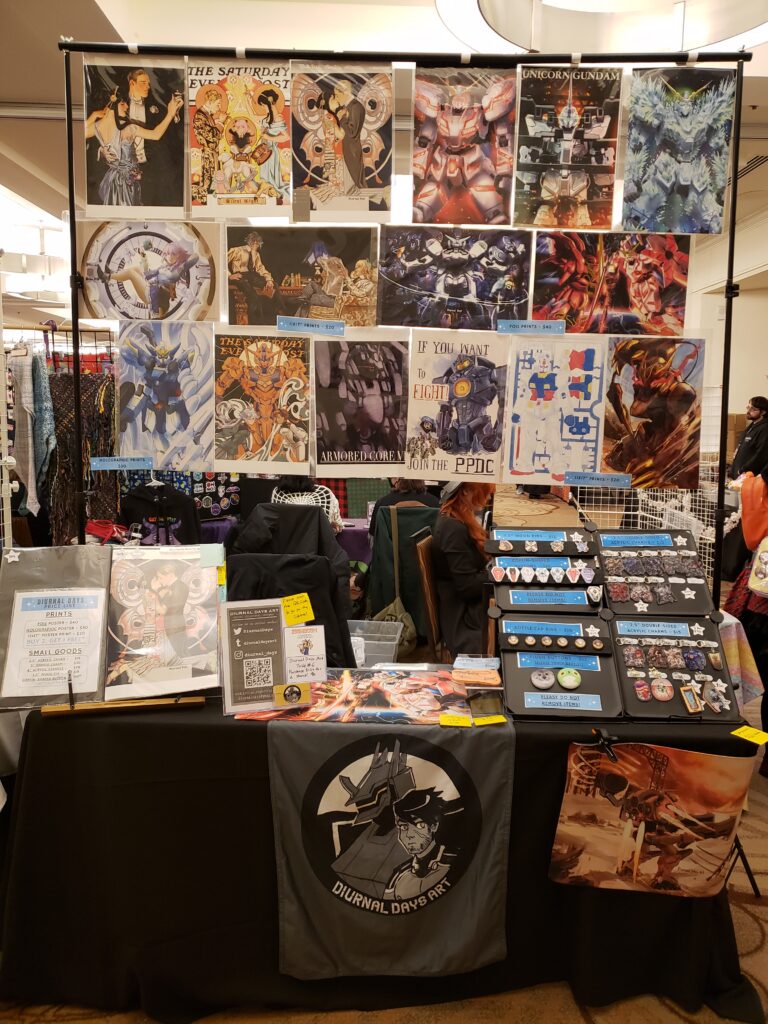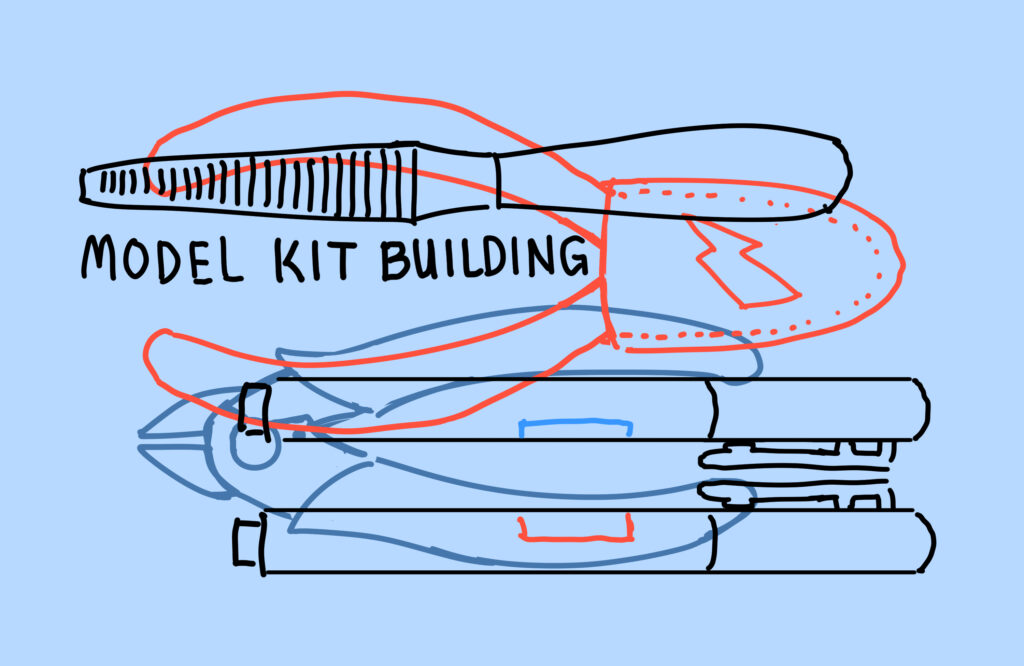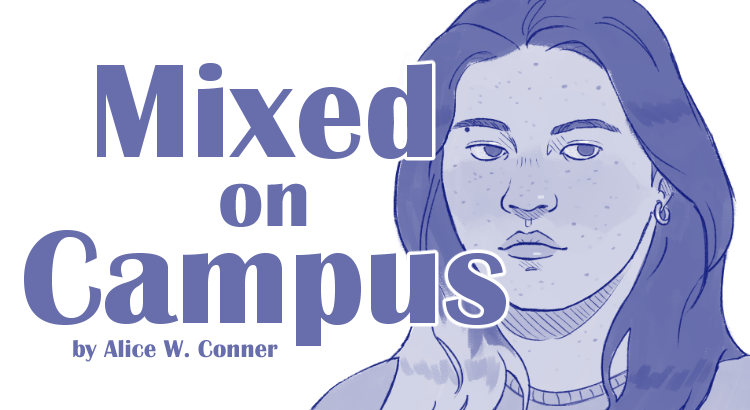Life is a never ending cycle of soiled clothing. Rinse and repeat, dry on medium. I’ve felt this feeling times one hundred these last couple of days and the dirty clothes pile only gets higher and higher.

My visit to the laundromat this past weekend (huzzah to the broken washer) reminded me of the simple pleasures of waiting around. As soon as my roommate and I stepped into the jewel blue toned room lined with walls of washing machines I felt an air of productive stagnancy. There were people mingling about, caring for their jeans or tossing their clothes into the next cycle, and also people perched in various chairs of various types silent but patient. Crosswords and movies and games and naps were all around us as the sounds of tumble cycles created an atmospheric ambience. As soon as I deposited my handful of quarters and heard the water rush into the machine, I felt the room bring me to a lull. Although I had yet a hundred more things to do that day, there was a peace brought over me that I couldn’t quite shake. The very act of doing chores is a necessary nuisance, as we all know, and there’s something about the shared time taken with everyone at the laundromat that makes doing laundry feel a little less lonesome. People coming in with their hampers and baskets all come for different reasons, carrying different things. And yet we all spend the same time waiting around for the machine to release our socks and sheets until we come back to do it all again. There’s a comfort in sharing uneventful time with strangers that feels right in the laundromat.
To take into our next week:
Ins: Pomegranate tea, trout, violins, of Montreal (always), semisweet chocolate chips, goofy looking shoes, texting people about little things, chicken salad with grapes, wrist stretches.
Outs: Forgotten leftovers, not taking responsibility for your actions, forehead pimples, rooms that smell like feet, not turning off the lights behind you, frost in the morning, soggy noodles.
To everyone out there hoarding your quarters for the laundry fund: I understand. I hope for even more quarters to come your way, and for everyone else who is lucky enough to have an accessible (and functional) washing machine I hope you’re able to relish every quarter you receive. If you’re able to, take the time to sit around while you do your laundry. Find a friend. Share a story. Do a crossword. Count every quarter you have and do some math. There’s joy in mundanity and the laundromat is the perfect place for it.

